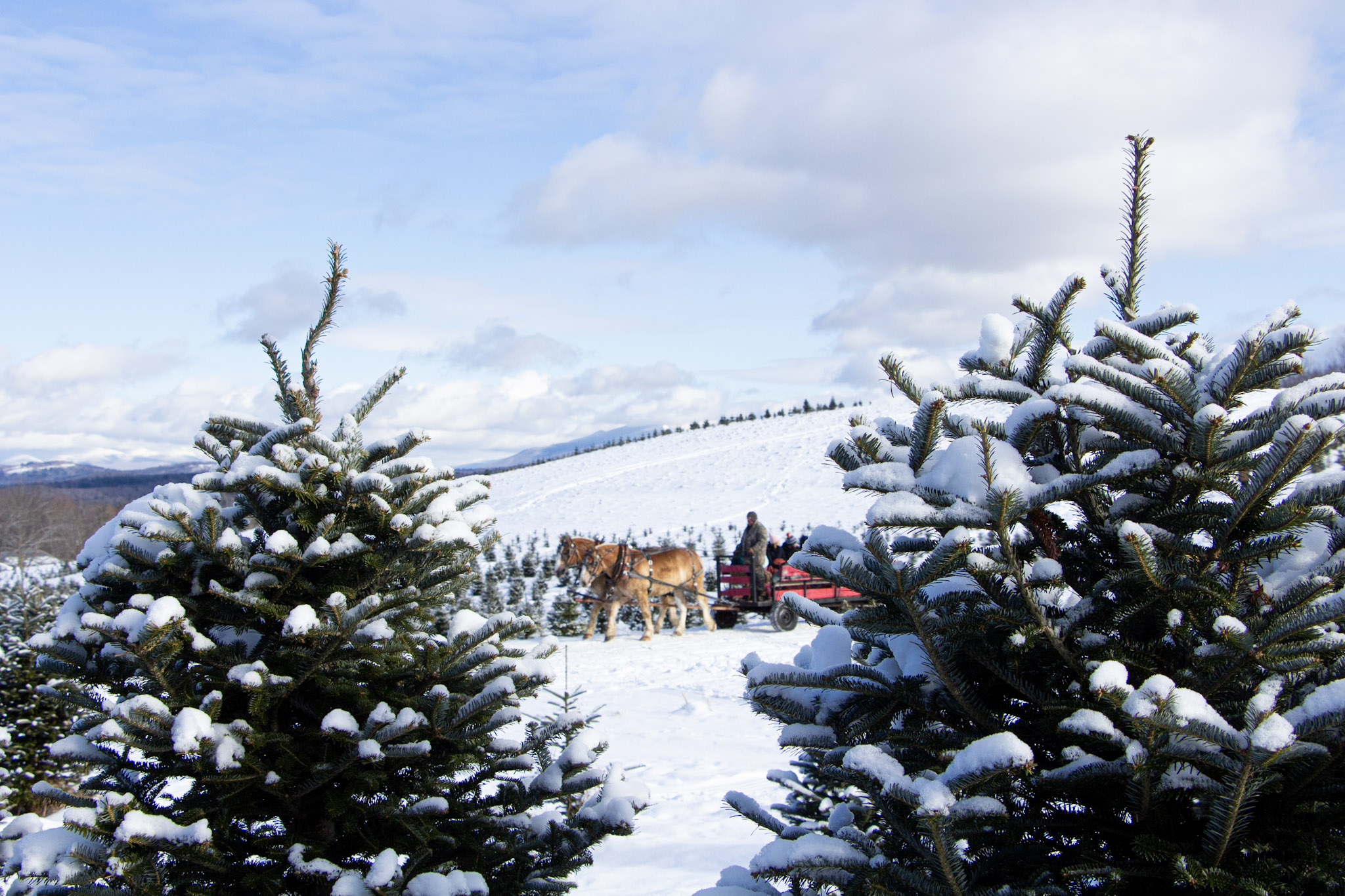- Tags:
- Climate,
- Working Forests,
- Something Wild
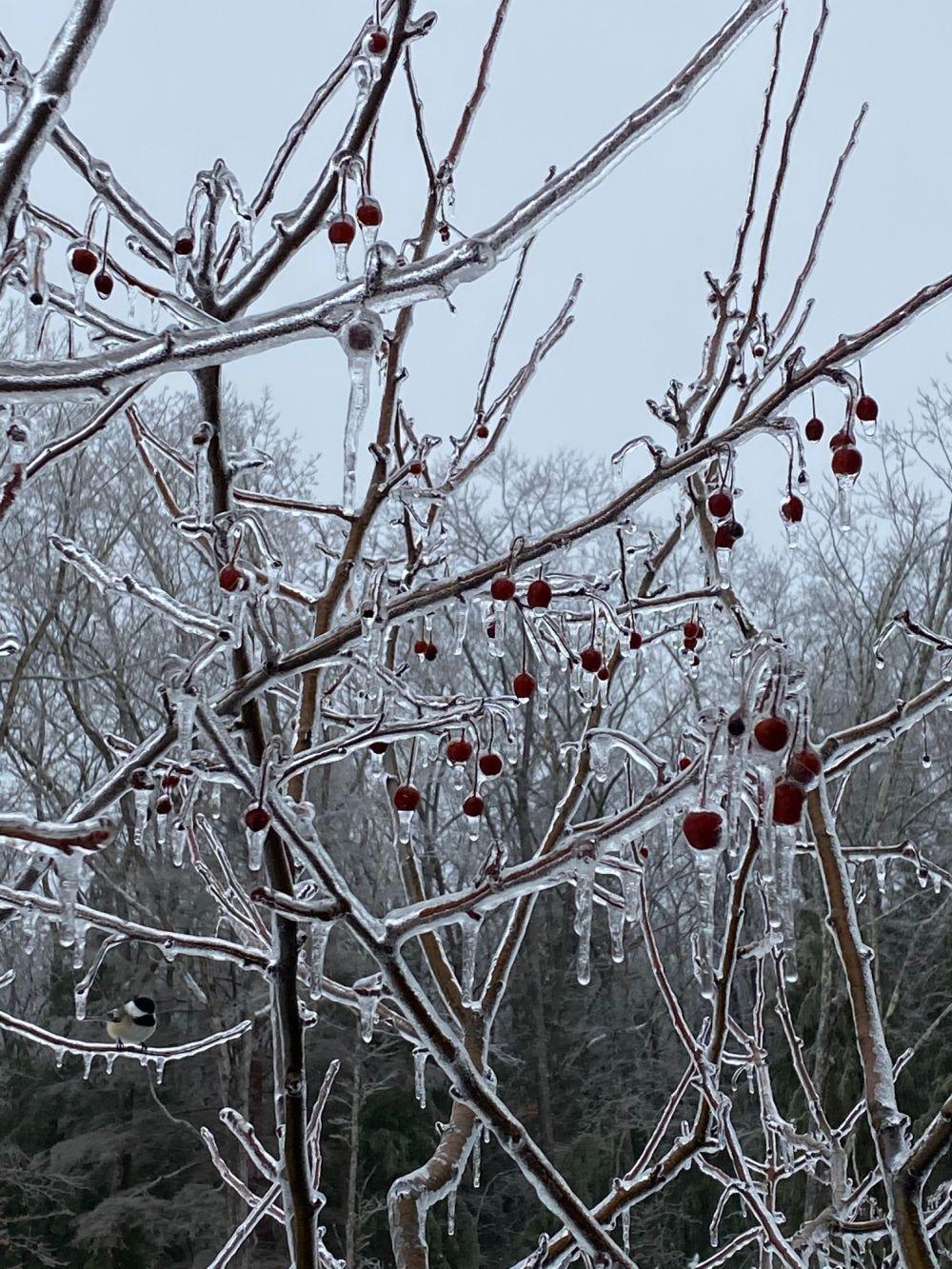
When freezing rain loads limbs, trees which bend or fold like an umbrella don't break apart.
When winter precipitation includes heavy wet snow or freezing rain, trees must endure the weather conditions. Some are better adapted than others and coping strategies vary by tree species.
Here at Something Wild, we don’t have a problem with winter. Aside from the snow and the cold and the freezing rain… okay, maybe we have a couple issues. But we have sweaters and hot cocoa and Netflix. Trees, however, do not. As the snow piles up, you may see trees bent over with their crowns nearly touching the ground, leafless and haggard. They can’t escape or hide from the cold, so how do trees survive?
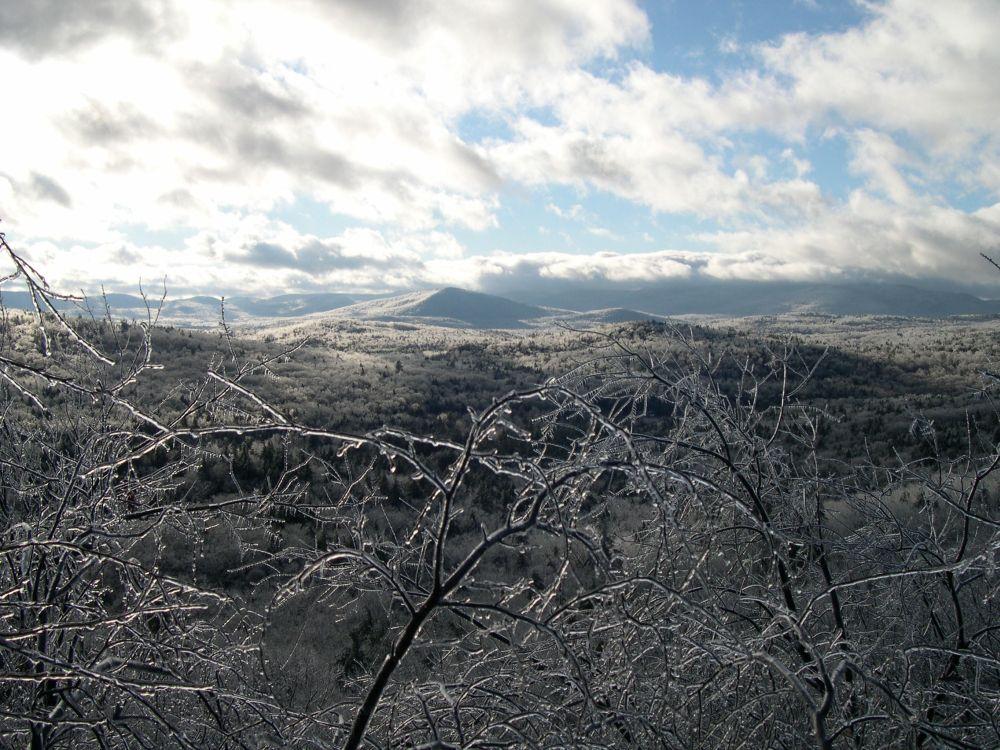
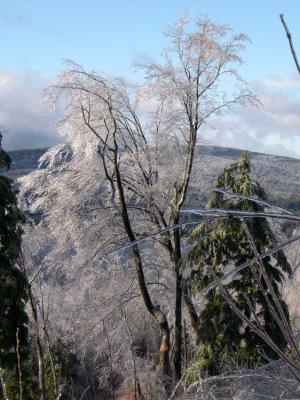
So just how do our trees survive New England winters?
Just like any living thing, trees have adapted over time to deal with the range of environmental conditions thrown their way. In this case, freezing rain, ice-loading, or heavy wet snow. Trees that aren’t adapted to survive periodic ice loading don’t live here. We don’t find trees that can’t cope with heavy snow and ice storms in New Hampshire. Southern trees struggle to survive in northern climates. Some compete successfully, others don’t.
Some trees (like pine or spruce) simply bend or fold branches to shrug off snow. Other trees (like oaks) try to stand rigid and inflexible. Stout oaks and sugar maples are famous for big heavy branches that don’t break. On the other hand, branches of beech and red maple tend to break apart under heavy snow loads.
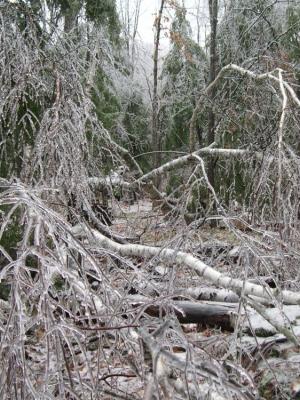
Most of northern trees lose their leaves. That’s less surface area to carry extra weight of ice and snow. More stress on the limbs means more broken branches during ice storms. Some tree species tend to retain their leaves into early winter when they’re young. These trees are said to be marcescent.
"Marcescent" - adj. (of leaves or fronds) withering but remaining attached to the stems.
Marcescent trees in New Hampshire are oak and beech. They didn’t show up in the state’s pollen record until about 4000 years ago. Their ancient relatives originated in the tropics and scientists speculate they haven’t lived here long enough to know that it’s a good idea to lose your leaves each autumn. Trees that have been in New Hampshire a long time have learned to drop their leaves quickly, like red maple, ash, and birch. The later arrivals, oak and beech, have not. They exhibit tropical affinities revealed in their propensity to hang onto their leaves into early winter.
We tend to see most damage to trees when we get those early snowstorms in the fall when the trees still have their leaves. A heavy wet October snowstorm hits trees harder than the dry snow in January.
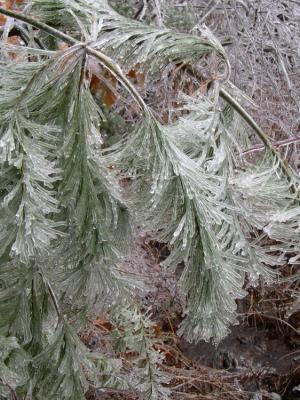
What about conifers?
Conifers retain about 80% of their needles each winter, so snow loading is still an issue. But their branches close up like an umbrella, folding up to shed the weight of snow and spring back after the snowstorm ends. Freezing rain isn’t so easy to shake off. It builds up on everything and can really tear off conifer limbs.
Like Kermit the frog sang: It’s not easy being (ever-) green!
